© www.white-coppice.co.uk 2022
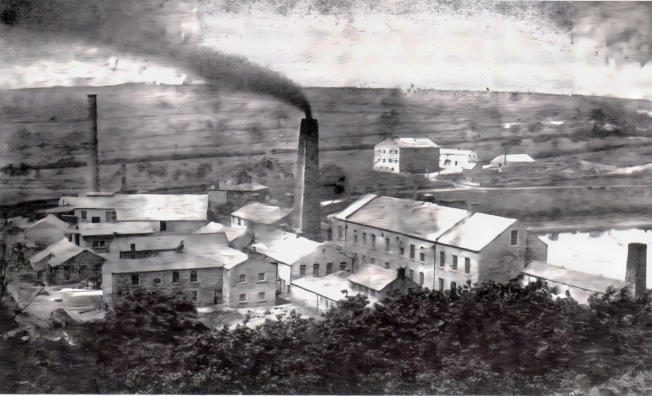
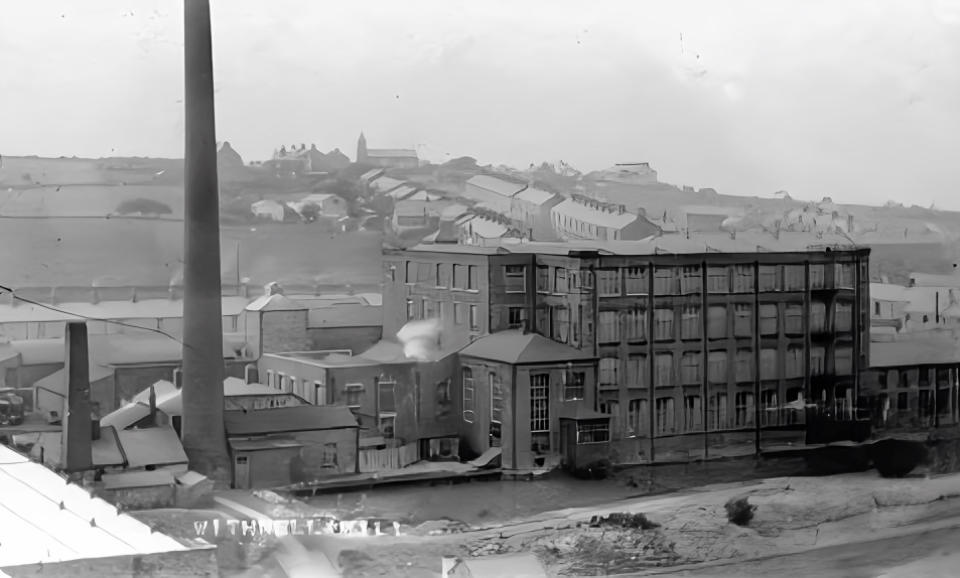
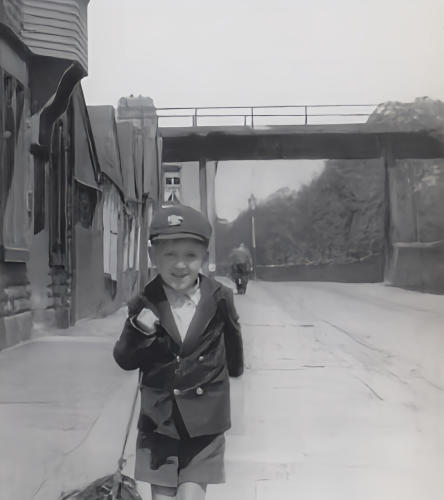

After Chorley and Blackburn, Brinscall was the busiest section of the line.
South of the station was a siding running in to Brinscall Hall Print Works This was quite a large factory that employed over 300
people in 1890. However, with the recession of the 1920s, closure occurred in 1930. Today nothing remains of the factory,
though the gateposts by the side of the mainline allowing access to the factory’s sidings still stand, as does the area that was
purpose built to hold the factory’s sidings near The Goit.
The siding entered the factory from the north and there was a signal box just to the north of the points on the eastern side of
the line. This signal box controlled the points to the factory and a level crossing that crossed the line within 10 yards of the
signal box.
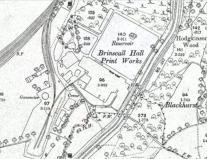

Brinscall Hall printworks - the siding came in
behind the chimney on the left, leaving the main
line by the building in the distance. That was
where the crossing was too. Behind the
printworks is the large square reservoir, which is
still there today
Click to enlarge
North of Brinscall Station, at the top of what is now
Salisbury Road and Hartington Street there was a
large junction with many sidings leading off to various
sites. Heading south was a siding into the Goods yard,
and heading north was a long siding that split and took
lines into Brinscal Brick and Tile works and another
into the large Withnell Mill.
The Brickworks stood between the sidings and the
main line and what is now the pond in the nature
reserve was to the west of the mainline. The
brickworks also had a bridge crossing the line with it’s
own track over it to bring in clay from the claypit. The
embankment to the bridge can be seen today, though
the bridge went years ago.
The siding continued past the brickworks towards Withnell Mill where it split and
entered the mill at two points. Withnell Mill was built by Robert Parke after he
bought the land on which it would stand in 1839. In 1840 Robert’s brother John E
Parke bought land Withnell and built a cotton spinning and weaving mill in Abbey
Village, subsequently operated by the firm of Parke and Arkwright, then by John
Park and Son. This mill too, had a long siding running to it, see Withnell section.
There was one other siding, that leading to Withnell Quarry, now more commonly
called Brinscall Quarry. It was a feat of Victorian engineering to build a line over
Railway Road on a bridge locally call the Gantry and under Butterworth Brow
before entering the quarry.
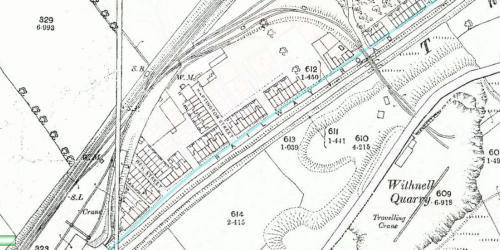
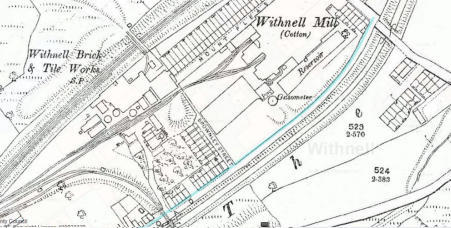
Withnell Mill, built around 1840. The sidings entered the mill in the recess beyond the chimney and again after the small “lean to” building. The mainline was at the far side of
the terraced houses behind the two chimneys
A nice sunny day in Withnell and the gantry carrying stone from the
quarry is cleary visible behind the schoolboy walking his dog.
Courtesy of Carnegie Books, Lancaster
© David Clayton)
Courtesy of Carnegie Books, Lancaster
© David Clayton)
Click either map to enlarge

Gateposts allowing
access into
Brinscall Hall
printworks from the
main line.
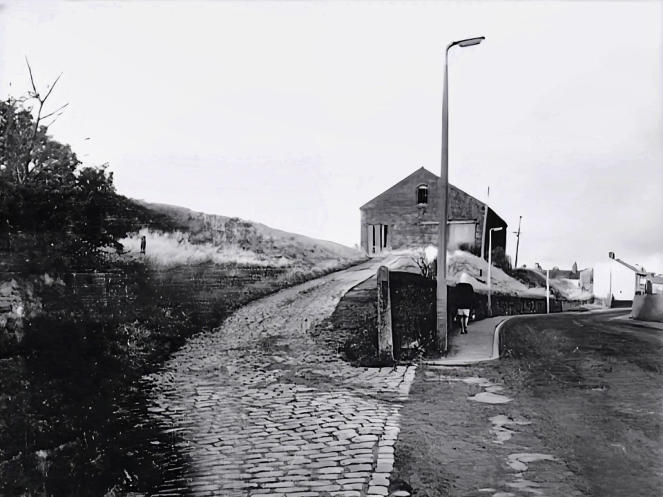
Probably taken in the late 1960s, this photograph shows Railway Road and the
cobbled road that lead up to the warehouse and the goods yard to the left of it
(courtesy of Friends of Brinscall and Withnell Villages FB page)
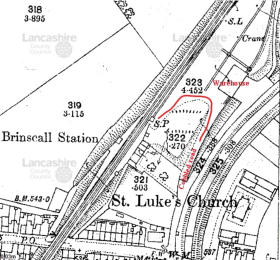
Map of Goods Yard showing the warehouse
and cobbled road - click the map to enlarge it.





























